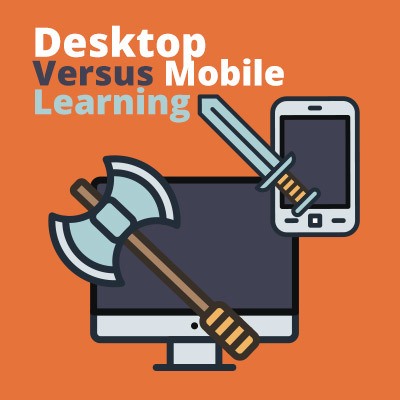Going mLearning: 2 Points To Ponder About mLearning
mLearning or mobile learning is just not about making the existing system and content available on mobile devices in their current shape and form. eLearning has two aspects:
- eLearning content.
- The delivery mechanism to deliver the content: The Learning Management System (LMS).
While planning mLearning initiatives, one has to looks at both these aspects, as just focusing on one element only may not achieve the desirable objectives. mLearning project managers will need to keep in mind the following points while executing mLearning initiatives:
- mLearning Content.
- Devices.
Keep in mind the devices that will be used to access the content. For example, content developed in Flash may not work on iOS devices. - Dimensions.
Is your content designed for mobile devices screen sizes? Content designed for desktop screen dimensions, even if responsive and developed in HTML5, could make it difficult for learners to view it over mobile devices and may thus lose its effectiveness. - Duration.
Conventional eLearning courses could be of longer duration anywhere from 30 mins to a few hours long. Review if such long duration courses would be effective on mobile devices, which are prone to distractions such as messages, alerts, and calls. - Delivery style.
Level 1 and Level 2 content may work in case of conventional eLearning. However, if the challenge is to deliver learning in much less time and within the constraint of screen sizes, then content needs to be more engaging involving multimedia, animations, and role play.
- Devices.
- mLearning Apps.
If your Learning Management System is responsive, it may be helpful in delivering mLearning content on mobile devices. However, it may be not be sufficient to deliver a mobile friendly experience. A mobile app may deliver a much better experience to the learners. The mobile app may however need to address the following “non-functional” requirements:- Download the content / assessment on the mobile app for offline access.
- Sync SCORM data with the Learning Management System server.
- Secure the offline content.
Originally published on December 10, 2015









